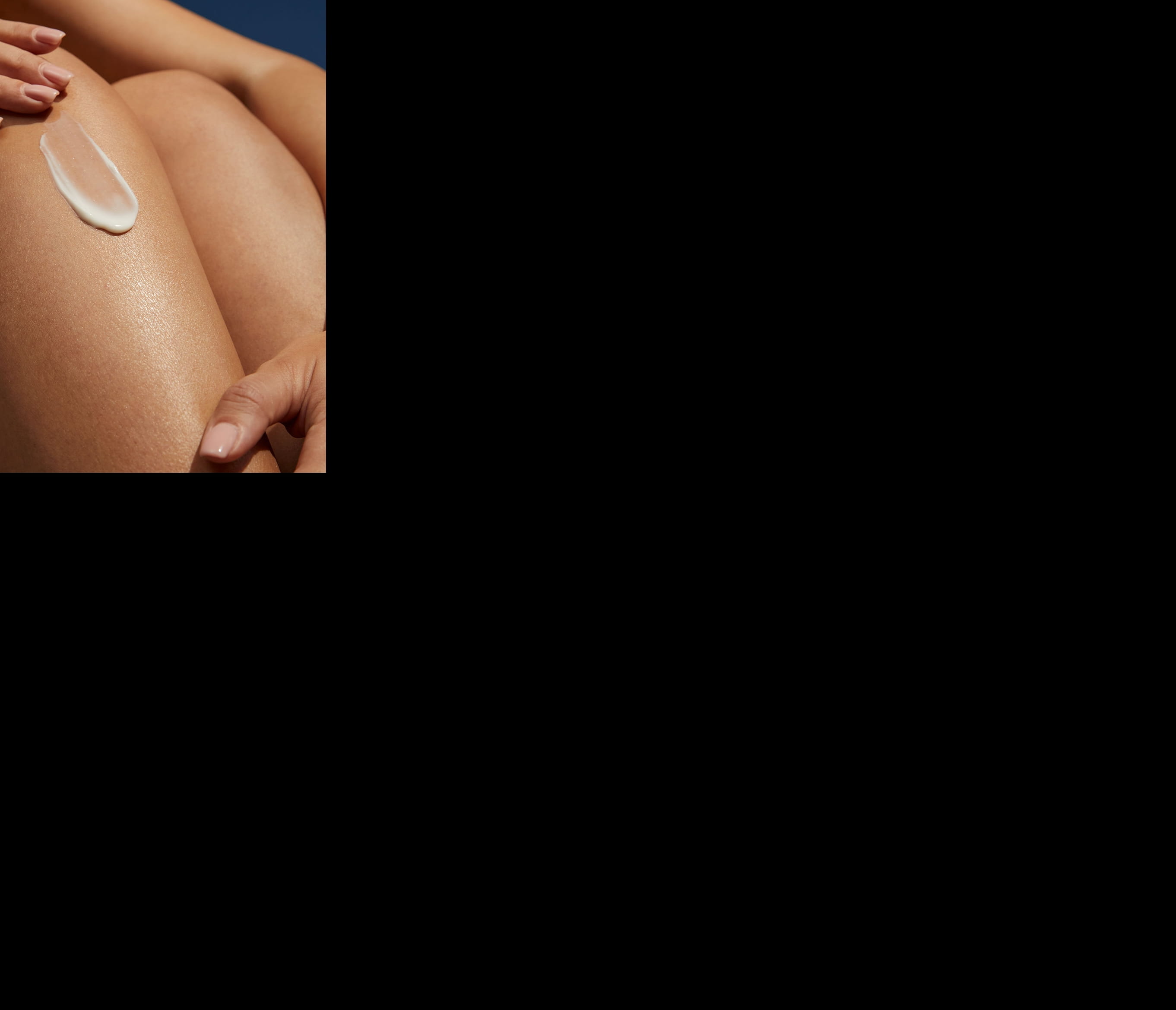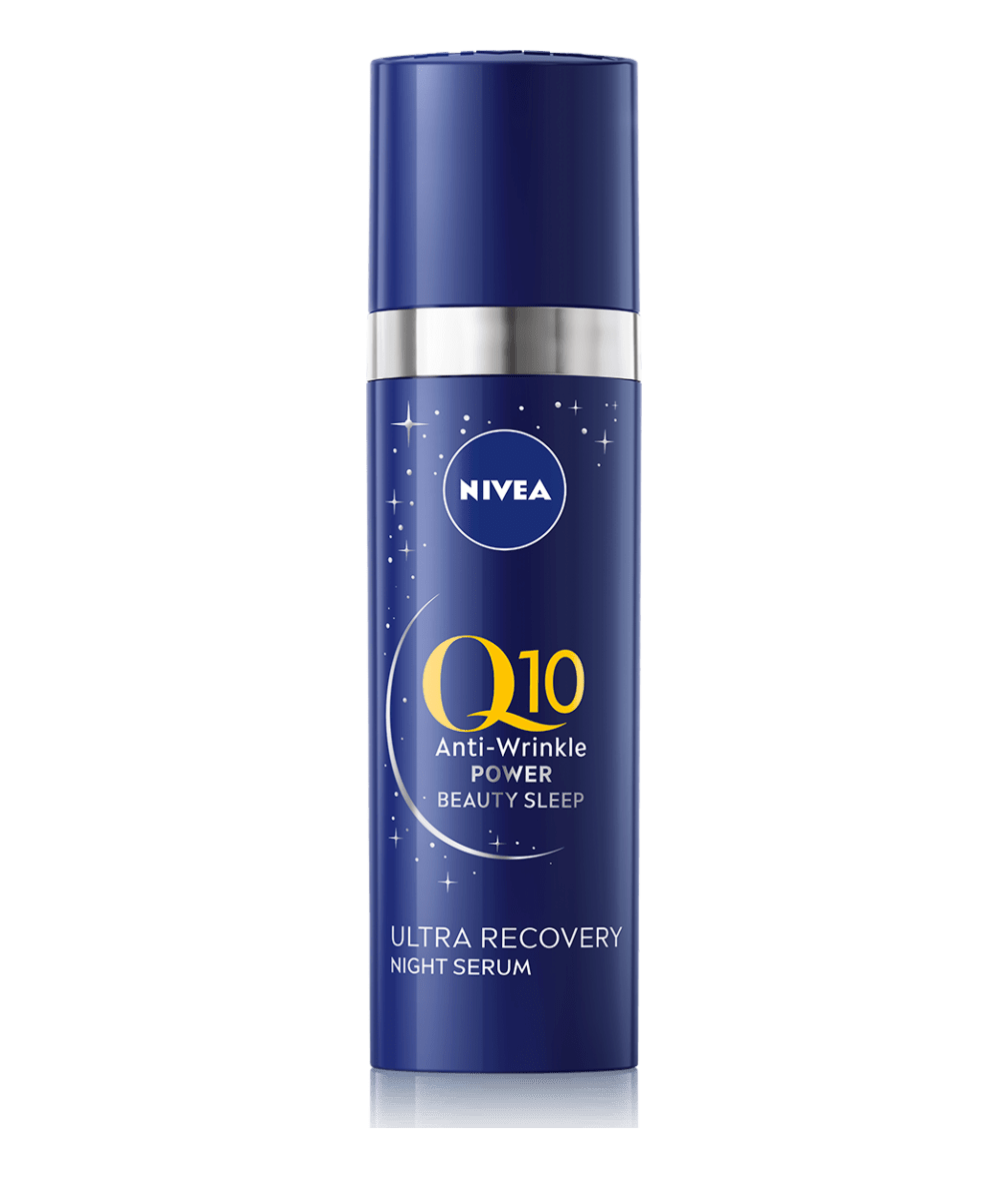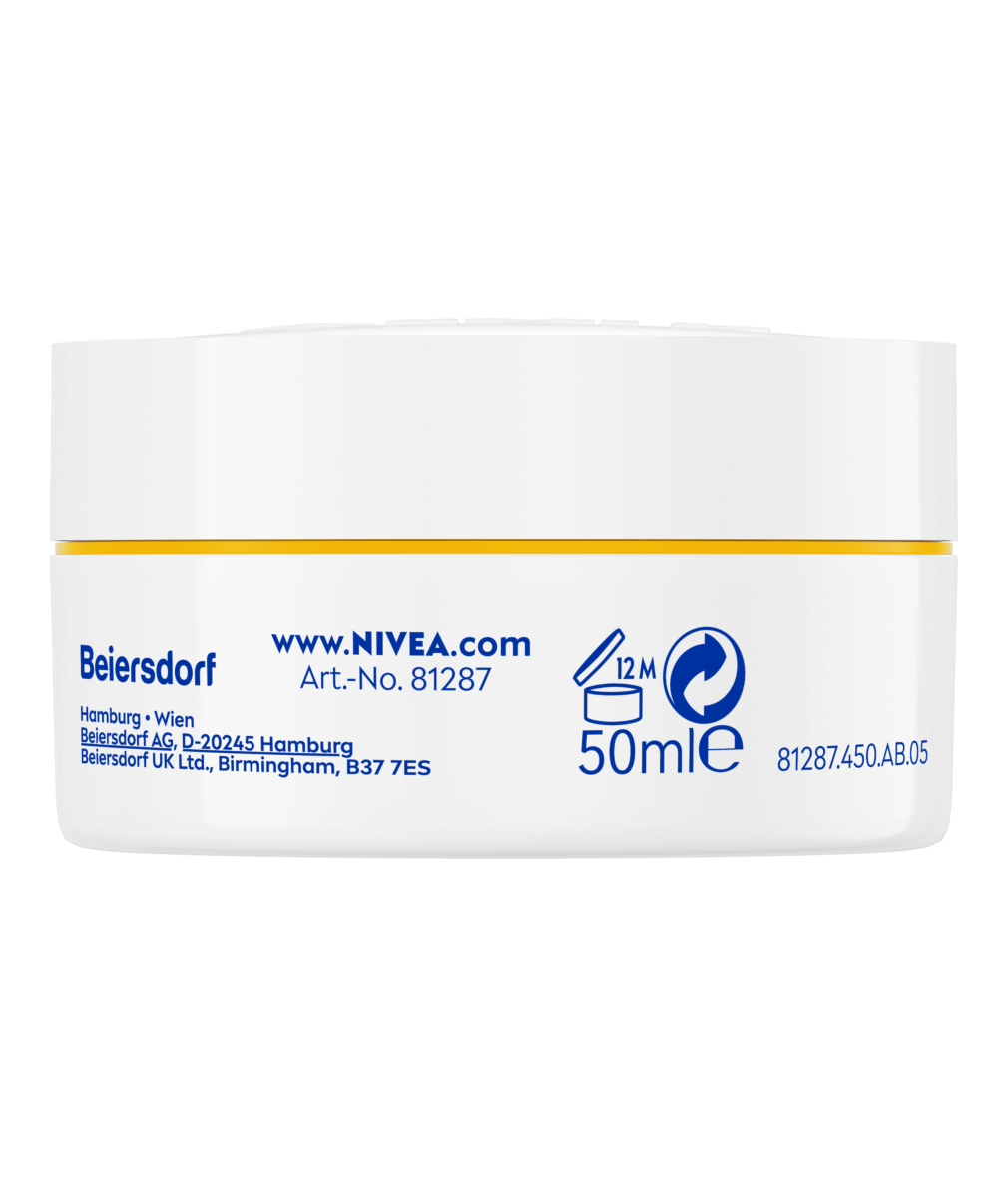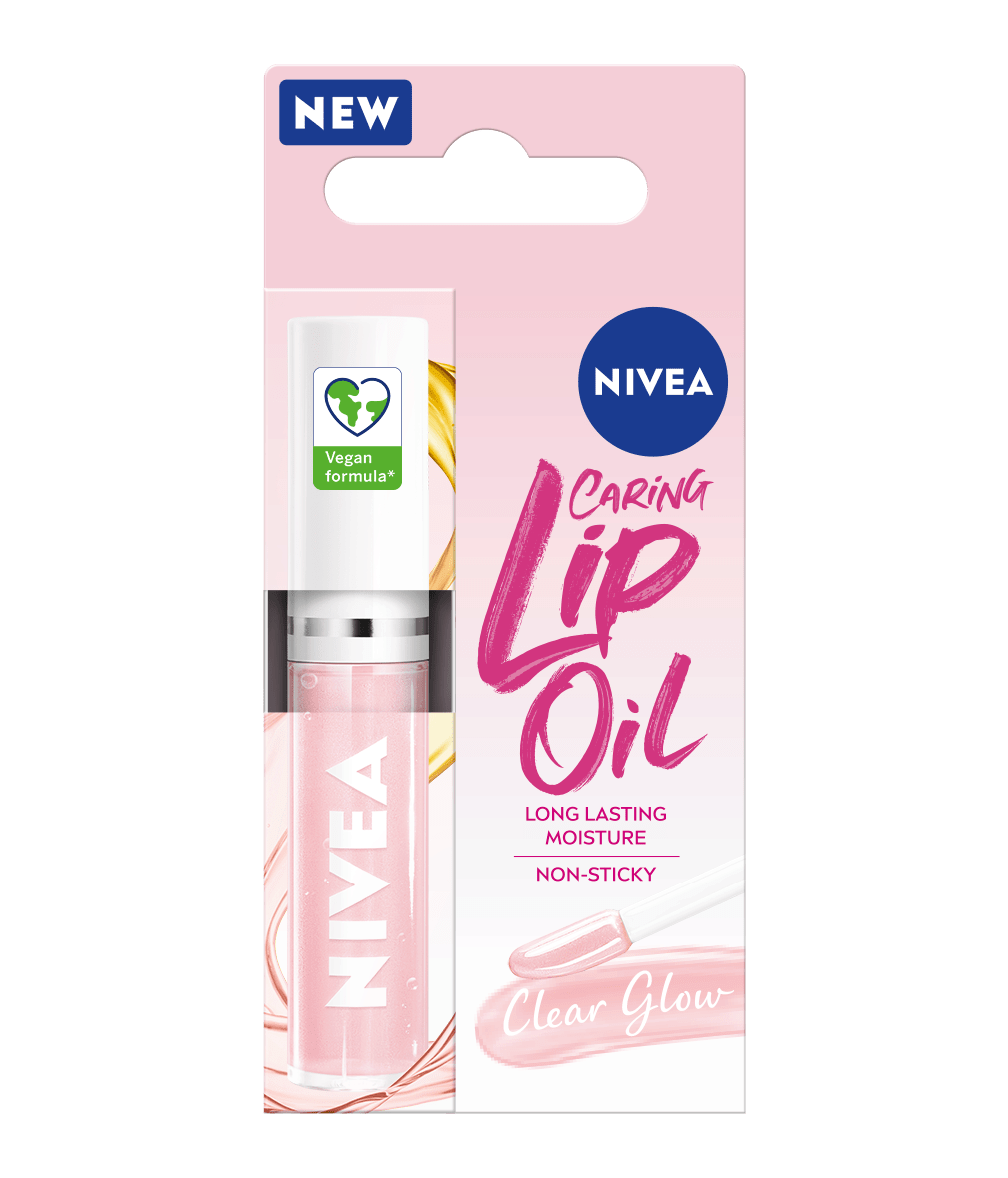
Find out what Glycolic Acid is & its benefits for the skin
Discover all you need to know about Glycolic Acid and its benefits for the skin. Read on to find out how to best incorporate Glycolic Acid into your skincare routine.
WHAT IS GLYCOLIC ACID?
Glycolic Acid is an Alpha-Hydroxy Acid (or AHA) which is water-soluble and is derived from plants and other natural resources such as fruit, sugarcane and milk. AHA’s are used in all types of beauty products such as cleansers, toners or exfoliators. One of the Glycolic Acid benefits is that it has the smallest molecule size out of all other AHA’s meaning it is easy for the skin to absorb. In its pure form, Glycolic Acid is odourless and colourless.
WHAT DOES GLYCOLIC ACID DO?
Glycolic Acid can help with many skin concerns and is very effective due to its small molecule size. It is the most powerful of all AHA’s, therefore must be used with care as it can irritate the skin if used incorrectly.
What does Glycolic Acid do?
Glycolic Acid Benefits
Due to the properties previously mentioned there are many Glycolic Acid benefits for the skin if used effectively:
GLYCOLIC ACID AND RETINOL
HOW TO USE GLYCOLIC ACID & ADD IT TO YOUR SKINCARE ROUTINE
You should start with a Glycolic Acid product with a 10% or less concentration. Anything over can cause severe irritation for your skin; anything over 20% is not advised to be used at home.



